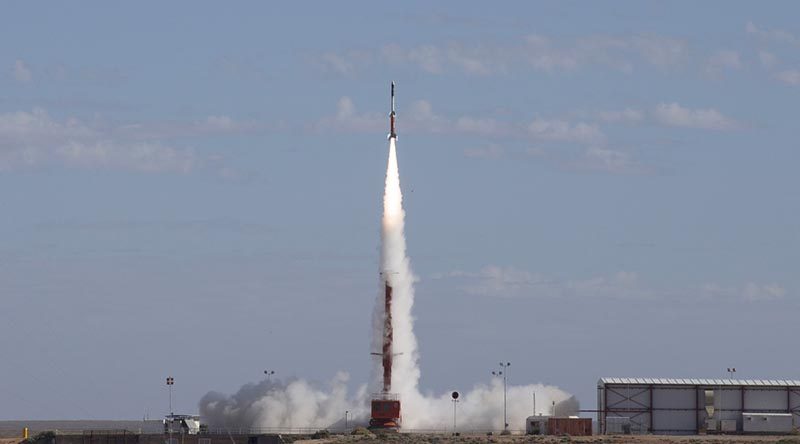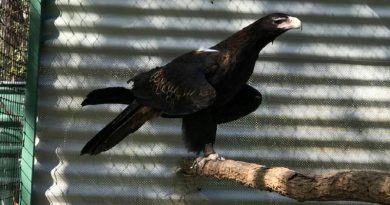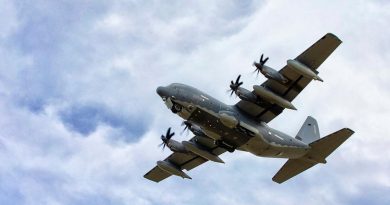A remote rocket launch that didn’t upset USA

Minister for Defence Marise Payne yesterday congratulated the Defence Science and Technology Group and the US Air Force Research Laboratory on another successful experimental hypersonic flight at Woomera Test Range.
FILE PHOTO: HIFiRE 5b rocket launches successfully at the Woomera Test Range in South Australia on May 18, 2016. Photo by Corporal Bill Solomou
Minister Payne said the success of the flight took the partners one step closer to the realisation of hypersonic flight.
“There are key military applications of this technology and by understanding hypersonic flight, the Australian Defence Force will be in a better position to respond to future threats,” Minister Payne said.
“[This latest] experimental flight took place at the Woomera Test Range, South Australia, and was part of a joint research program conducted by DST Group and AFRL, partnering with Boeing, BAE Systems and the University of Queensland.”
Minister Payne said hypersonic flight was more than five times the speed of sound and had the potential to revolutionise air travel, making it faster and cheaper to travel around the world and into space.
Woomera was selected as the test site because of its location, vast expanse and ability to support continuous telemetry collection during the flight.
Minister Payne said this experiment helped Defence and its partners to understand controlled flight at hypersonic speed.
“The hypersonic international flight research experimentation (HIFiRE) team has achieved significant milestones, including design, assembly and pre-flight testing of the hypersonic vehicles and design of complex avionics and flight systems,” Minister Payne said.
“While this is the last in the HIFiRE series, Australia remains at the leading edge of hypersonics research, test and evaluation, thanks to the work of this dedicated team of Defence scientists and their industry and academic partners.”
Australia and the US are now developing plans for the next phase of flight experiments.
.
.
+ + +
.
.
.
.
.

.
.







